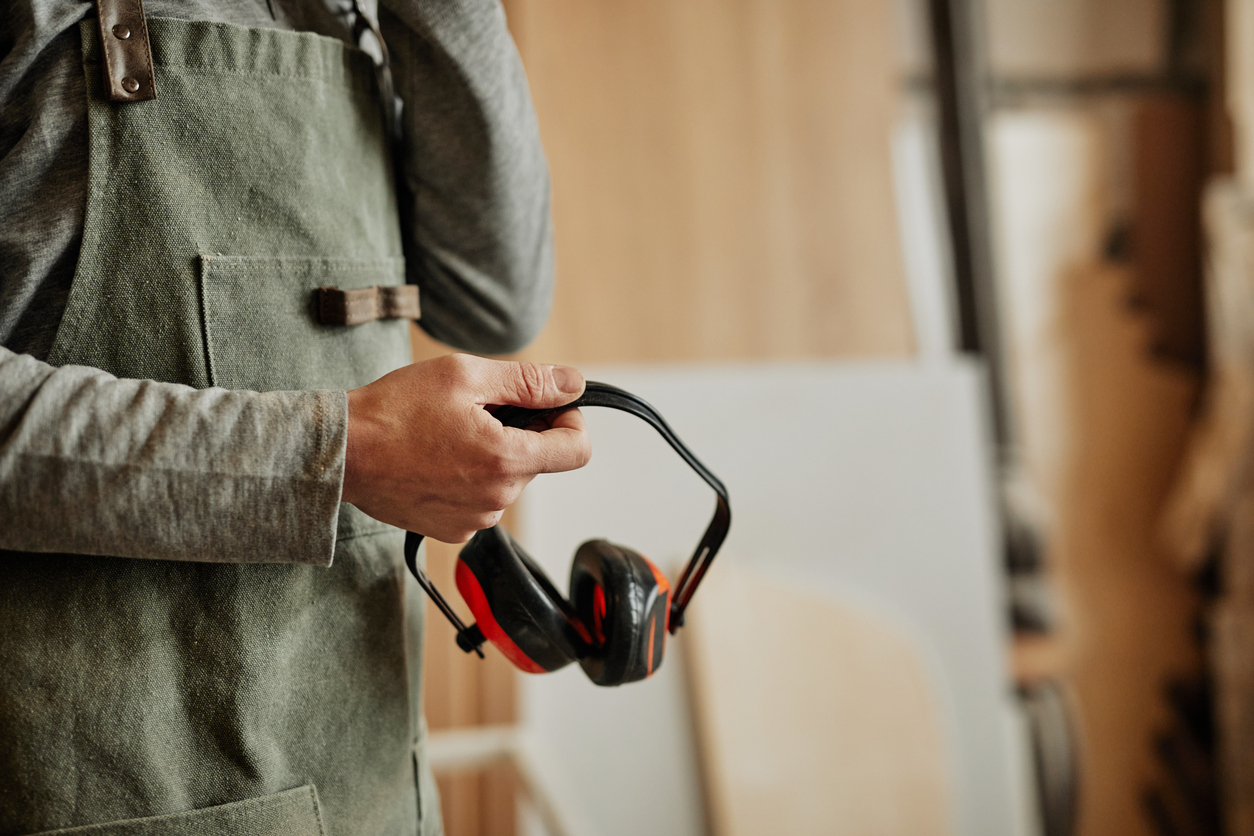
Noise-cancelling headphones have become essential for many people, whether for work, travel, or just enjoying music without distractions. With so many options on the market, choosing the right pair can be overwhelming. In this guide, we’ll break down the key factors to consider when selecting the best noise-cancelling headphones to fit your lifestyle and needs.
1. Types of Noise Cancellation: Active vs. Passive
Noise-cancelling headphones come with two main types of noise cancellation: active and passive. Understanding the difference between the two is crucial for making the right choice.
- Active Noise Cancellation (ANC): This technology uses microphones to detect external noise and generates sound waves to cancel it out. ANC is highly effective at reducing consistent, low-frequency sounds like airplane engines or traffic noise, making it ideal for commuting or traveling.
- Passive Noise Cancellation: Passive noise cancellation relies on the physical design of the headphones, like ear cups and padding, to block out external noise. While not as advanced as ANC, passive noise isolation can still be quite effective for blocking out higher-frequency sounds such as voices in an office or café.
Pro tip:
- If you’re looking for headphones primarily for travel or noisy environments, opt for those with high-quality ANC technology. For quieter settings like a library or home, passive noise cancellation might be sufficient.
2. Sound Quality
Sound quality is a major consideration when choosing any pair of headphones. Even the best noise cancellation isn’t worth much if the audio experience is subpar.
Key features to look for:
- Frequency range: Look for headphones that offer a broad frequency range (usually between 20 Hz to 20,000 Hz) to ensure you get a full spectrum of sound, from deep bass to clear highs.
- Balanced sound profile: Some headphones focus heavily on bass, while others prioritize a more balanced sound profile with clear mids and highs. Choose based on your music preferences—bass-heavy headphones are great for pop and hip-hop, while a balanced profile is ideal for classical or vocal music.
- Hi-Res Audio compatibility: If you’re an audiophile, look for noise-cancelling headphones that support Hi-Res Audio for crystal-clear sound quality.
Pro tip:
- Many noise-cancelling headphones come with customizable EQ settings via an app, allowing you to tweak the sound profile to your liking.
3. Comfort and Fit
Comfort is crucial when choosing noise-cancelling headphones, especially if you plan to wear them for extended periods. The design, weight, and materials can make a big difference in how comfortable they are.
Things to consider:
- Over-ear vs. on-ear: Over-ear headphones provide better noise isolation and comfort for long listening sessions, as they fully enclose your ears. On-ear headphones are more compact and portable but can be less comfortable for extended use.
- Padding and ear cups: Look for headphones with memory foam padding and soft, breathable ear cups to avoid pressure on your ears or head.
- Adjustability: Adjustable headbands and swivel ear cups can help ensure a secure and comfortable fit for all head sizes.
Pro tip:
- If you wear glasses, make sure to choose headphones that don’t press too tightly against the sides of your head, as this can become uncomfortable over time.
4. Battery Life
For wireless noise-cancelling headphones, battery life is another critical factor. Good battery life ensures that your headphones can last throughout long trips, commutes, or workdays without needing frequent recharging.
Battery features to consider:
- Playback time with ANC on: Some headphones offer 20-30 hours of playback with ANC enabled, while others may offer even longer battery life. If you plan to use ANC frequently, prioritize models with longer battery life.
- Fast charging: Many premium headphones offer quick charging capabilities, allowing you to get several hours of playback from just a few minutes of charging.
- Battery life with ANC off: Turning off ANC can extend battery life significantly. Some headphones may offer up to 40-50 hours of playback in passive mode.
Pro tip:
- If you frequently forget to charge your devices, opt for headphones with fast charging, so you can get a quick boost in a pinch.
5. Wireless vs. Wired
Many modern noise-cancelling headphones are wireless, using Bluetooth to connect to your devices. However, some also offer wired options for users who prefer a traditional connection.
Wireless advantages:
- Convenience: Wireless headphones offer freedom of movement, making them ideal for commuting, workouts, or moving around the house.
- Advanced features: Wireless noise-cancelling headphones often come with additional features like voice assistant integration, touch controls, and app-based customization.
Wired advantages:
- Better sound quality: Wired headphones can offer slightly better sound quality since there’s no compression during the Bluetooth transmission.
- No need to charge: Wired headphones don’t require a battery, making them more reliable if you’re prone to forgetting to charge your devices.
Pro tip:
- Look for noise-cancelling headphones that offer both wireless and wired options, so you can choose the mode that best fits your needs in different situations.
6. Additional Features
The best noise-cancelling headphones come with extra features that enhance the user experience and add versatility.
- Transparency mode: Transparency mode allows external sounds to pass through the headphones, so you can hear your surroundings without taking them off. This feature is especially useful in public places or when you need to stay aware of your environment.
- Voice assistant integration: Many high-end noise-cancelling headphones come with built-in support for voice assistants like Siri, Google Assistant, or Alexa. This allows for hands-free control, such as adjusting volume, changing tracks, or checking the weather.
- Foldable design: If portability is important to you, look for headphones with a foldable design and a protective carrying case for easy transport.
Pro tip:
- Look for headphones with intuitive touch or physical controls for adjusting volume, skipping tracks, or answering calls without having to take out your phone.
7. Price and Value
Noise-cancelling headphones come in a wide range of prices, from budget-friendly options to high-end models. While premium models offer the best features and performance, there are also affordable noise-cancelling headphones that provide excellent value.
Budget ranges:
- Premium models ($250 and above): High-end brands like Sony, Bose, and Apple typically offer top-tier ANC technology, superior sound quality, and premium materials. Examples include the Sony WH-1000XM5 and Bose QuietComfort 45.
- Mid-range models ($150-$250): Brands like JBL, Sennheiser, and Jabra offer mid-range noise-cancelling headphones that balance good ANC performance and sound quality with a more affordable price point.
- Budget models (under $150): If you’re on a budget, there are noise-cancelling headphones like the Anker Soundcore Life Q35 or TaoTronics models that offer decent ANC and sound quality at a fraction of the price.
Pro tip:
- Look for sales and deals, especially during events like Black Friday or holiday promotions, to get premium noise-cancelling headphones at a more affordable price.
Choosing the best noise-cancelling headphones depends on your specific needs, whether it’s commuting, traveling, or enjoying music at home. By considering factors like noise cancellation type, sound quality, comfort, battery life, and additional features, you can find the perfect pair that balances performance and value. With the right headphones, you’ll enjoy an immersive listening experience free from distractions, whether you’re working, studying, or simply relaxing.







